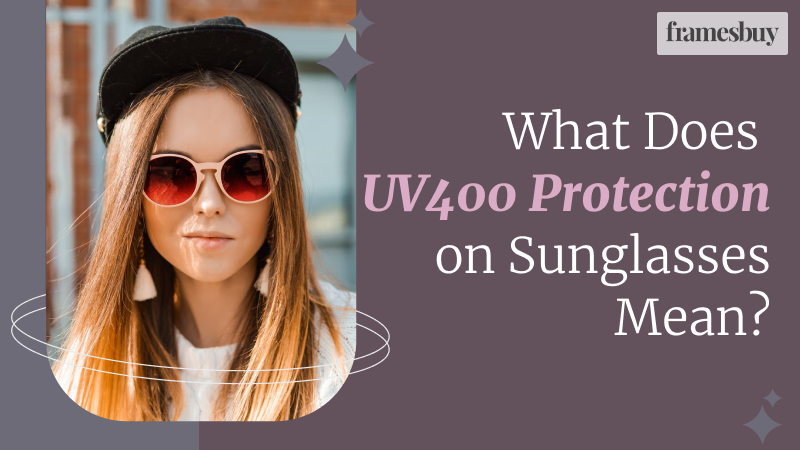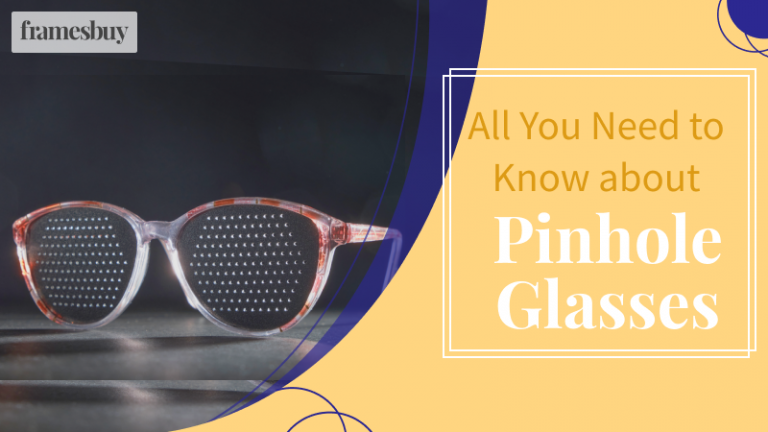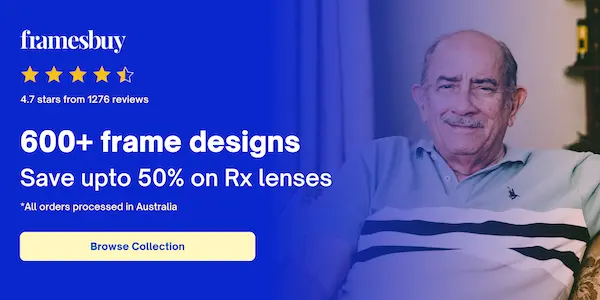Wearing fashionable sunglasses is the biggest trend nowadays. You might have noticed while shopping, some sunglasses with tags claiming UV protection. These glasses, unlike normal sunglasses, shield your eye from harmful ultraviolet radiation. But the question arises how much do they protect? This article will give you every detail about UV protection and related sunglasses. Keep reading to know more!
What is UV protection?
UV rays are harmful radiations emitted by the Sun and high exposure to these rays could be harmful to your eyes and skin. UV protection is something that blocks a certain percentage of these rays from reaching our bodies. This UV protection can be in cosmetics products or even in sunglasses.
UV 400 protection and why it needs to start early
The adversity of the risk of damage to eyes and skin from UV radiation depends on age. Children are more susceptible to eye damage due to UV rays as they tend to spend more time outside. The Lens and pupils of children are clearer and larger than adults and hence, more UV rays can penetrate deep inside the eye.
To safeguard your kid’s eyes and your’s from UV radiation, use UV400 sunglasses that block 100% UV rays and eliminate the exposure of UV rays. Longer periods of UV rays could be dangerous for the eyes as that may cause both long-term and short-term damage. Long-term damage could be cataracts or even cancer.
What are UV protection sunglasses?
UV protection sunglasses are those that are known to provide UV protection. The lens blocks 75 % to 90% of visible light and 99% of UV radiation by offering UVA and UVB protection. But the UV400 sunglasses completely block UV rays from reaching our eyes. Hence, these sunglasses are the best option for your summer trips, outings, or normal outdoor activities.
UV sunglasses vs polarized sunglasses
As market trends are raging with fashionable and stylish UV sunglasses, many of us must be aware of polarized sunglasses as well. But many of us may not have the idea as to where they differ from each other.
UV sunglasses are meant to give complete UV protection by blocking harmful ultraviolet radiation. Whereas, polarized sunglasses are those that are specially meant to protect your eye from harmful glares. These could even be harmful blue lights as well. All polarized sunglasses do not offer UV protection but some could be dual as well.
How to tell if the sunglasses have UV protection?
As we have come to know what UV sunglasses are, it is also important to know whether the sunglasses you are using give UV protection or not.
If you are going to purchase UV sunglasses do check whether the product has a tag mentioning “100% protection against UV400”. If you are not sure about this then do take the help of an eye care professional who will measure in the photometer to detect how much UV rays your sunglasses allow.
The rating shows between 0-4, where ‘0’ marks minimum UV blockage (allowing about 80-100% UV rays). On the other hand, ‘4’ marks maximum UV blockage and allows only 3-8% UV rays. These are useful for going out in extremely sunny conditions but are not safe for driving. Do look for UV400 protection sunglasses for the best experience.
Different filter categories of UV lenses for Optimum performance:
While looking for sunglasses for the best performance and better protection, you need to consider so-called filter categories – a scale that specifies the intensity of light passing through certain lenses.
The Australian standard defines lenses in 5 different categories (0 to 4) based on their ability to block harmful radiations or reducing glare.
| Lens category | Type | UV protection | Description |
| Category 0 | Very light tint Fashion spectacle | Limited or no UV protection | Lightly tinted and low filter, they provide minimum protection against sun glare and radiations |
| Category 1 | Light tint Fashion spectacles | Some amount of UV protection | Much like category 0, they offer limited protection against the sun. The lenses are more suitable on overcast days. |
| Category 2 | Medium tint sunglasses | Good UV protection | Suitable on a sunny day to effectively fight glare and keep your eyes sun safe. Not recommended for night driving or low light condition |
| Category 3 | Dark tint sunglasses | High UV protection | Best suited for intensive protection on a brightest summer day for glare reduction and UV protection. Not suitable for night vision |
| Category 4 | Special purpose sunglasses | Best choice for UV protection | Special purpose sunglasses are designed for best performance in UV protection and glare reduction. But they are not suitable for driving at all. |
When to wear UV-blocking sunglasses?
Sunglasses are a year-round thing and an everyday accessory whether it is winter, summer, cloudy or a sunny day. Having the right sunglasses to shield you against the harmful UV and HEV rays is the best way to protect your precious eye when you are outdoors.
It should be noted that not only the direct sun exposure but indirect rays reflected from snow and water can also result in UV exposure.
So, when you are least expecting sun exposure on an overcast or snowy day, the harmful radiation may be damaging your eye. Hence it’s better to be protected, choose high-quality UV sunglasses whether the sun is visible or not.
Are UV-blocking sunglasses expensive?
Sunglasses come at various designs and prices. UV protection sunglasses don’t always need to be expensive. What matters is your clear vision with complete UV protection. While you purchase one ensure that these glasses provide you 100% UVA and UVB protection.
UV sunglasses are of great use and are highly recommendable for your eye protection. These glasses come with unique lens technology that safeguards your eyes from both long-term and short-term damage. Various brands have come up with unique varieties. Go check out the latest collection of Framesbuy to give your eyes the best protection!







